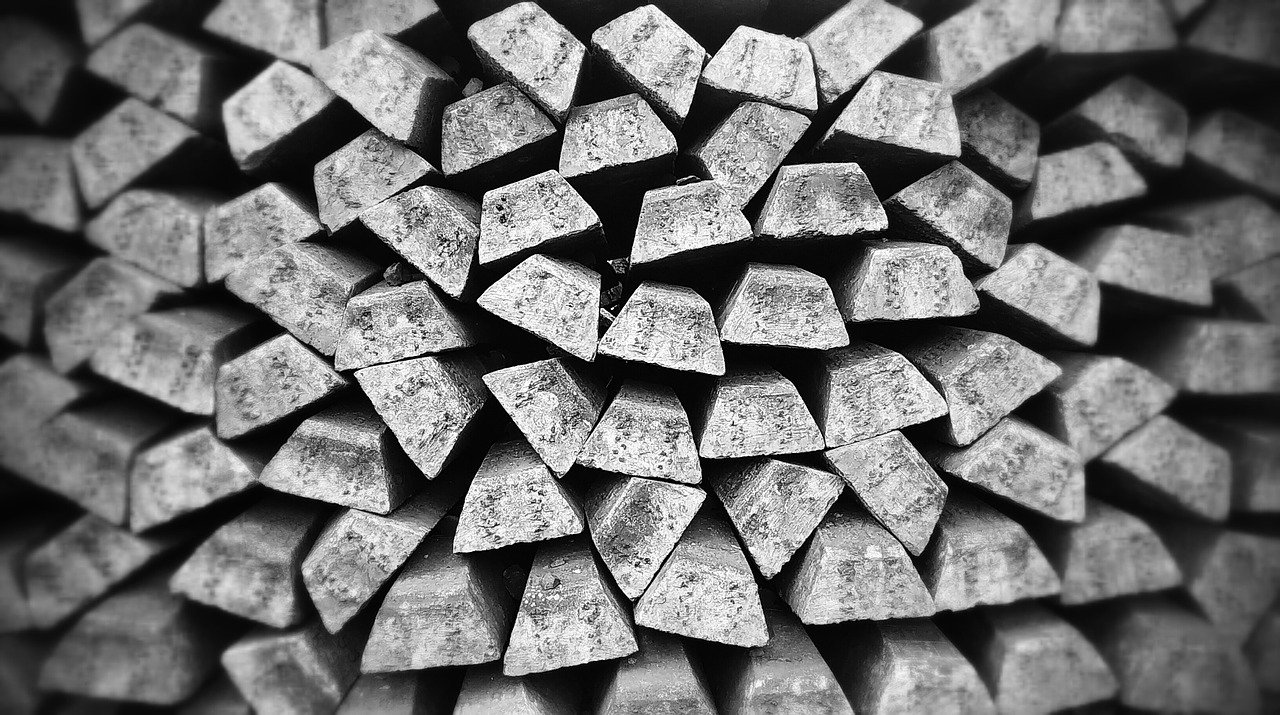Is The Ongoing Nickel Price Roller-Coaster a Cause for Concern?

Nickel is undergoing a wild pricing ride lately, being one of the most heavily affected metals of the market turbulence caused by the Russian invasion of Ukraine and the resulting sanctions and shortages. The region of Krasnoyarsk in Russia is one of the world’s major production hubs of nickel, so closing that supply tap makes the situation complicated, to say the least. But is it really a cause of concern?
Nickel is used for making coins, magnets, batteries, guitar strings, plumbing fixtures, microphone capsules, catalysts, various electronics, and it’s also part of stainless steel and other steel alloys. As such, when the nickel price rises, the cost of all these goods follows an upward trajectory as well.
Nickel price per ton went from $8,000 in 2016, to $11,000 in 2020, to $15,000 in the summer of 2021, and exploded to $45,000 in March 2022, and has since dropped back to $37,000 with unknown trend prospects for now.
As market analysts explain though, there are five reasons why most people shouldn’t worry about the price hikes.
1. Nickel is only needed in small amounts for most components, used only as a small portion of steel alloys or as a thin coating layer.
2. Pure (99.8%) nickel may be expensive to source, but it’s not the only useful form nor the only one available. Class 2 metals called “nickel pig iron” or “ferronickel” are cheaper and can still be used to produce stainless steel.
3. Nickel’s production is versatile, pluralistic, decentralized, and not reliant on a single process or place. Russia is a significant producer, and its exit from the global market due to sanctions caused a short squeeze, but experts expect the situation to normalize soon.
4. Nickel inventories may be low, but we’re not out of the commodity yet. On the contrary, it is estimated that exchange warehouses have 36,650 metric tones of deliverable nickel.
5. A new nickel extraction method is being tested in large Chinese plants, turning low-grade laterite ores into high-grade nickel. This new process is expected to create a supply boom soon.

 Tech Steel & Materials
Tech Steel & Materials